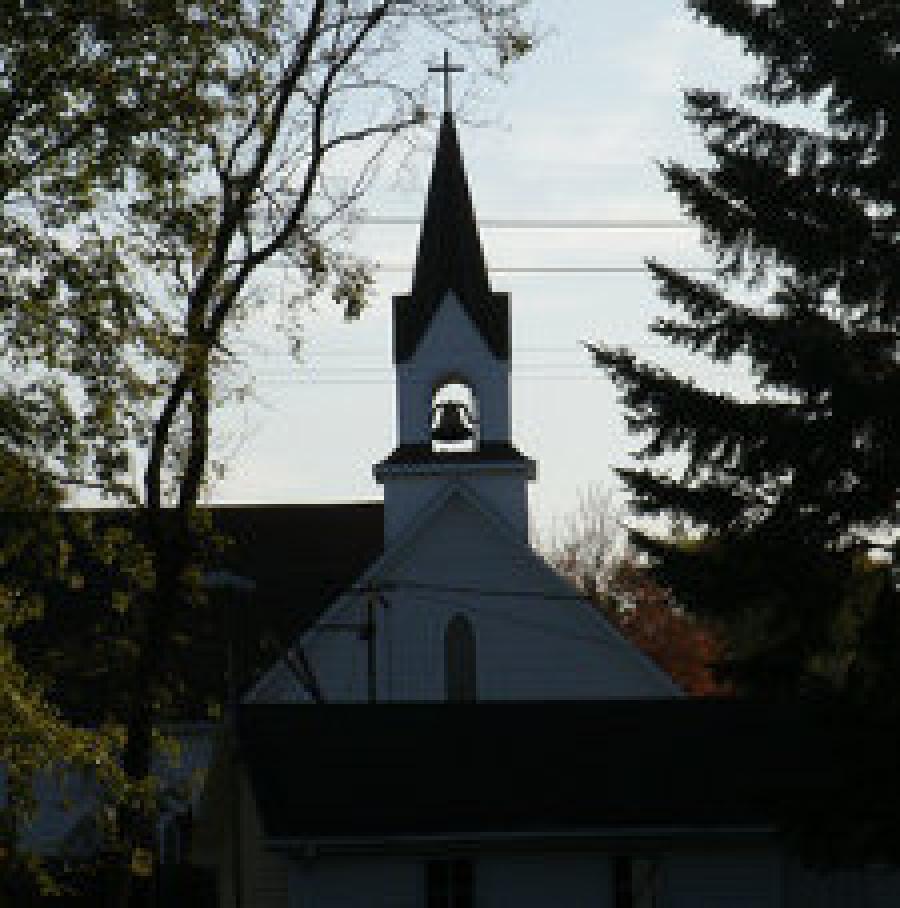Understanding the Small Church - Truly Different
Image

From Voice, Jul/Aug 2013. Used by permission.
When David arrived at his first pastorate, he was excited about the possibilities. The church was a small church located on the fringe of a large metropolitan area. David had received high marks in his seminary experience and he was well trained for ministry. Before and during seminary he had attended a large, nationally recognized church in one of the major cities of the United States. He had spent six months on staff as an intern in order to get a feel for developing ministries and leading the programs of the church.
However, upon his arrival at the small church he sensed things were vastly different from his large church experience. And after he had been serving as the pastor for several months, David fully realized that the small church functioned with a unique set of characteristics. At first he tried to change them. Following the recommendations of the latest writings on the seeker-sensitive model of ministry, he tried to bring the church up to the 21st century (at least in his estimation). After several frustrating years, he stepped back and decided that perhaps he first needed to understand his people and what they wanted the church to be and do.
He began to do some careful listening and realized that they had the same heart for evangelism, discipleship and worship that he possessed, only they expressed it differently. Rather than try to change them, he decided that he would change his own attitudes and actions. For the first time since his arrival, he accepted them for who they were and how they expressed their faith in Christ.
After a time he not only learned to accept their ideas, but he began to value their way of doing things. Pastor David acknowledged that while it would not work in the larger church from which he came, he found it was effective in this setting. It was not long until he discovered the people were genuinely expressing their appreciation for his pastoral leadership. Where his ideas were once quickly rejected, the people were now starting to listen. New ideas were implemented while the church remained committed to many of its core values. The people not only became excited about what was happening in the church, but they saw a new vision for what God could do in them and through them.
Being effective in the small church comes when the leadership first accepts the people for who they are and learns to value the way they express their faith. Too often new pastors come in with the idea that they must drastically alter things and drag the church kicking and screaming into the pastor’s ideas of what a modern church should be. This not only results in frustration in both the leadership and the people, but it involves a rejection of many of the key values that bind the small church together.
While spiritual change and spiritual growth are always vital in every church regardless of size, the small church pastor’s ministry should be built on preaching and teaching the Word of God and discipling people, interwoven with love and acceptance of the people. Accepting the small church begins by understanding the characteristics that undergird its ministry. The wise church leader needs to carefully consider the unique values, beliefs, customs, traditions and attitudes of the congregation. Every church has a distinct set of cultural norms and expectations that set it apart. To be accepted as a leader of the group a person must understand, share, and affirm these cultural norms, otherwise the person will be viewed as an outsider. Before a pastor has earned the right to attempt changes in the small church, he must first show that he values and accepts the people for who they are, how they worship and serve, and how they live out their faith in the context of a congregational community.
The small church is different from its larger counterpart. It worships differently, it views leadership differently, it understands ministry differently. Often, leaders mistakenly assume that the principles of leadership and ministry operate the same in every church regardless of the size. This results in the leader becoming frustrated that the people are not following, and the people becoming discouraged because the leader is taking them in a direction they do not wish to go.
Since the small church is different, we need to understand its characteristics and distinctives. Fifteen characteristics often mark the small church. Each characteristic is not present in every church, but there are often several which characterize a specific congregation, and in most cases there are several that are predominant.
(Tomorrow: Characteristics of the small church)
Glenn Daman Bio
Dr. Glenn Daman is graduate of Western Seminary and Trinity Evangelical Divinity School and serves as pastor of First Baptist Church, Stevenson WA. He has published three books on small church ministry and is Director of the Small Church Leadership Network.
- 150 views


Discussion